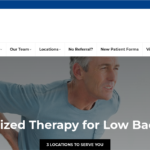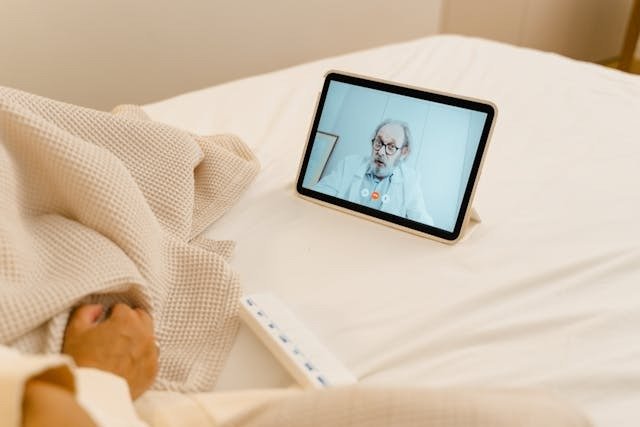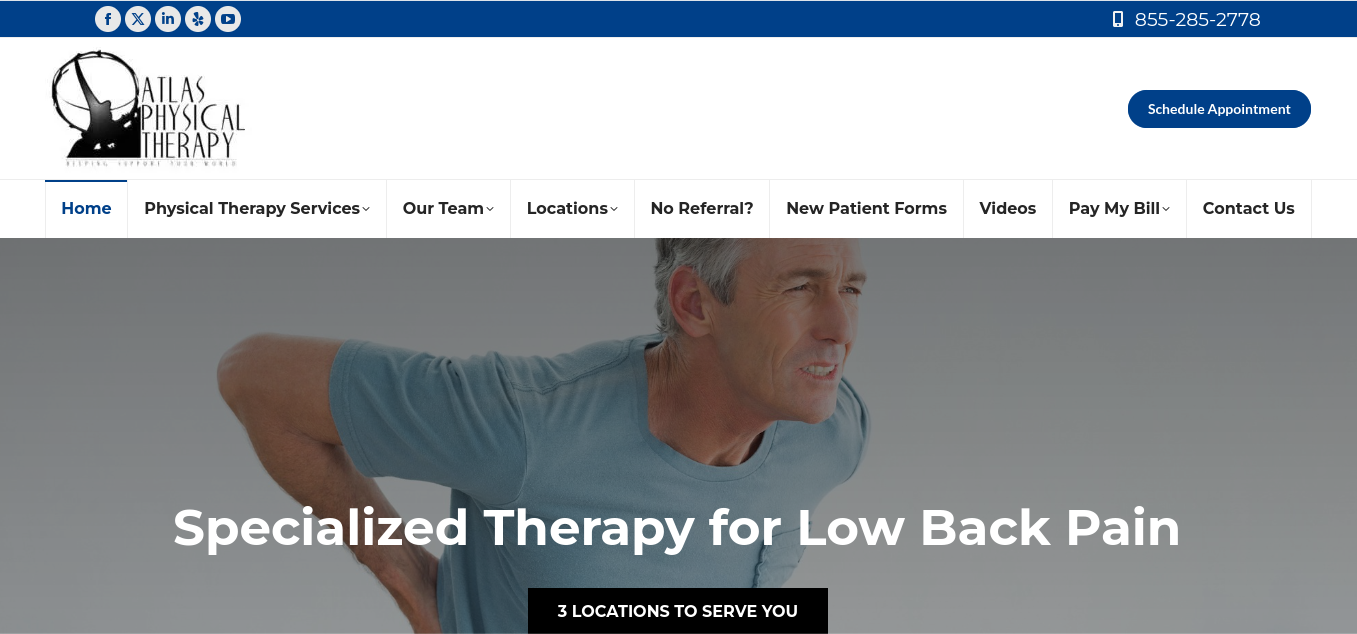Remote patient monitoring (RPM) is changing the game of healthcare because it enables providers to manage chronic conditions from afar. This technology has many advantages but also comes with unique hurdles. Knowing how to solve these challenges will help guide the course of remote patient care programs and lead to their success.
1. Data Overload and Management
The most challenging thing in remote patient care monitoring is handling the large amount of data captured from different devices. Patients use a range of tools, from glucose monitors and blood pressure cuffs to wearable activity trackers, which generate a lot of information. That’s too much information for healthcare providers to process, leading to missing or delayed responses. In order to handle this, think about bringing in advanced analytics and artificial intelligence (AI) to skip the extraneous data and emphasize the important trends. Today, many RPM systems have built-in algorithms that help providers, allowing them to look at just the most mission-critical patient information during a shift. This also helps set up customized alerts for abnormal readings that prompt timely intervention when needed. Providers can streamline data so they can act quickly without the roadblock of shutting down information.
2. Patient Engagement and Adherence
One other common challenge involves engaging patients and ensuring they use the remote monitoring tools effectively. The technology can be hard to use, and patients may not be consistent with it. These contradictions can yield incomplete data, ineffective monitoring, or noncompliance to dictated monitoring routines, thereby diminishing the effectiveness of RPM. To encourage patient engagement, it’s important to help them understand how to use the tools and why regular monitoring is important. Furthermore, simple-to-navigate systems with few complex plans can enhance user experience. Automated text messages or app notifications can also provide reminders or incentives to patients to keep up with their monitoring schedule.
3. Connectivity Issues
Remote patient care monitoring can be done only through reliable internet or network connectivity. Unfortunately, some have access to poor internet or intermittent connectivity. However, without any means of real-time transmission, the problems can prevent real-time heat data from being transmitted, which leads to gaps in monitoring and slow responses from health service providers. To solve this problem, the RPM choice needs to be made with respect to different network conditions. Many systems provide offline modes, which allow data to be stored locally without needing a constant connection, enabling the system to work in remote areas and have constant monitoring. Also, you might try cellular-based devices that cover rural or underserved areas better than others. Combining the two approaches can make sure data gets transmitted even in unstable connectivity.
4. Privacy and Security Concerns
Like any technology used in healthcare, sensitive patient data is a concern. Both the loss of patient trust and subsequent legal, financial, and reputational implications for healthcare providers place these breaches or unauthorized access to this information at tremendous risk. To counter those risks, you must focus on those RPM systems that comply with high-security standards, including those mandated by the Health Insurance Portability and Accountability Act, or HIPAA. A trusted remote patient monitoring company will offer platforms that assure end-to-end encryption and secure cloud storage to keep patient information away from unauthorized access. In addition, the system’s integrity will also be maintained alongside security protocols by regularly auditing the security audits and updating them as well to protect against emerging threats. Healthcare providers can instill trust and ensure compliance along with the privacy of their patient’s data by choosing a secure RPM platform and ensuring their security measures are checked through time.
5. Integration with Existing Healthcare Systems
Several healthcare providers widely use electronic health records (EHR) and other clinical software. One challenge with RPM is that this data collected by remote monitoring may never really funnel smoothly into your existing systems. So, patient information doesn’t necessarily become fragmented without seamless integration, enabling inefficiencies and burden errors in patient care. To work with this case, it is important to select RPM solutions that are compatible with your existing healthcare infrastructure. Integration has been built into many modern RPM platform designs along with interoperable features included in the package. Choosing an RPM system that supports data exchange from devices to software to EHRs will improve workflows and help you provide higher-quality care.
Conclusion
Many of the benefits of remote patient monitoring in managing chronic conditions come with some challenges. A lot of healthcare providers have to deal with data management, patient engagement, connectivity, security, and system integration as common obstacles. However, these challenges can be tackled with the right tools, strategies, and support, making remote patient monitoring a valuable part of patient care. These impediments can be overcome with the correct strategy, generating better healthcare results and elevated patient satisfaction.










